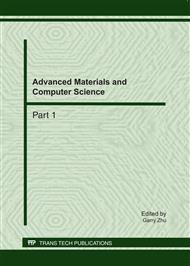p.943
p.949
p.955
p.961
p.967
p.973
p.979
p.985
p.989
Prediction Model of Non-Iterative Least Squares Support Vector Machines Based on Quadratic Renyi-Entropy
Abstract:
By comparing and analysing the model of non-iterative least squares support vector machines (LS-SVM) based on quadratic Renyi-entropy, traditional LS-SVM model and standard support vector machines (SVM) model, this paper concludes whether the number of training samples or computing time,non-iterative LS-SVM model based on quadratic Renyi-entropy are significantly better than the model of traditional LS-SVM and standard SVM model and it also proves the effectiveness of applying the concept of quadratic Renyi-entropy on financial distress prediction. At the same time, by the comparison of different point of 3 years of ST which is from 1to 2, the author concludes the forecast accuracy of 1 year ago before ST, the further distance away from the piont of ST, the lower the prediction accuracy is.
Info:
Periodical:
Pages:
967-972
Citation:
Online since:
April 2011
Authors:
Price:
$46.00
Сopyright:
© 2011 Trans Tech Publications Ltd. All Rights Reserved
Share:
Citation:


